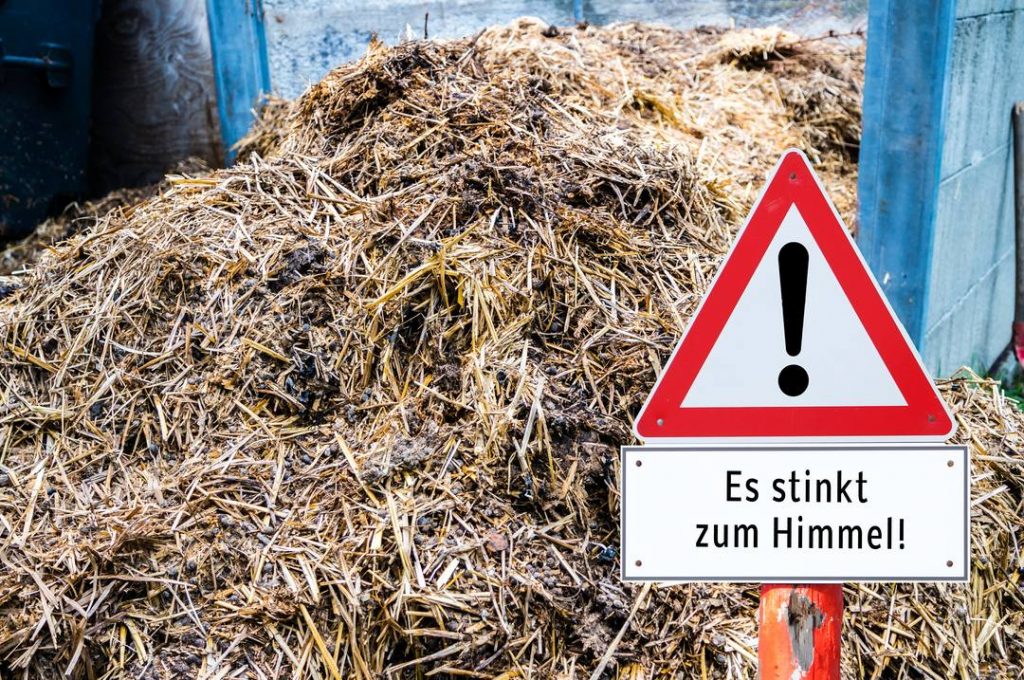In the 19th century the primary power source of transport was the horse and instead of the car’s carbon monoxide the waste produced was fertiliser. This waste product in turn powered highly productive market gardens and farms in crop production.
Nowadays obtaining these “waste products” is not as easy, but it is still possible and animal manures have the major benefit of adding humus to the soil.
Humus improves the soil by acting as a sponge to retain and release water for plants as well as opening the structure, allowing roots to more easily grow and obtain nutrients from the mineral content of the soil.
Additionally, humus provides a base of the micro-fauna of the soil. Everything from bacteria and nematodes to earthworms rely on humus and our plants rely on them.
Horse Manure
Considered by many gardeners to be the finest sort of animal manure you can use. Riding schools and stables often have large quantities of horse manure that they will be happy to give away or at least sell cheaply. Often they are prepared to deliver and even in a city you may well find sources. In London the army and police both have stables that have been know to give away their waste problem to grateful gardeners.
Check your local paper for an advert or just call local stables and ask.
The best horse manure comes from stables that bed their horses on straw. Manure from horses bedded on wood shavings takes much longer to rot down but is still well worth having.
Check the manure and if it contains a large proportion of wood shavings in relation to dung and urine, then pile it for a year before using it in the garden
Cow Manure
Often dairy farmers will deliver rotted cow manure for garden use, but usually in large quantities. Although not quite as good as horse manure, it is well worth using and will add humus as well as fertilise the soil. Some gardeners consider it a little wet for clay soils but by the same token better for light sandy soils.
With both cow and horse manure they can be applied fresh in the autumn on to dug ground and forked or rotovated in to the top soil in the spring. The action of rain will wash out some nitrogen though and straw and wood shavings may only be partially decomposed with the consequential risk of nitrogen deficiency for a while.
With large amounts of manure, the best way is to pile it up and cover with a tarpaulin, turning after a month or so. This will decompose any straw or wood shavings and also kill off any weed seeds that have survived the animal’s gut.
Small amounts are probably best handled by mixing into the compost heap as an activator.
Poultry and Pigeon Manure
If you keep a few chickens then you will have a constant supply of chicken droppings as well as a daily delivery of fresh eggs. You can always approach local free-range egg suppliers who may well have poultry droppings to dispose of.
Pigeon fanciers are often in the same position of having a waste disposal problem you can help them with. Remember the pigeon fancier may well be in the centre of a city.
With all poultry manure it is generally too strong to use directly on the garden but it does make an excellent activator for a compost heap. There is little bulk in poultry manure so using it as an activator makes most sense. The only plant that you can apply it to directly is comfrey.
Pig Manure
Pig manure is only really useful if it is mixed with straw. If it is neat it will not have much organic matter and it should just be added to a compost heap. The main problem with pig manure is that it is unpleasant to smell and this can result in complaints from those around even if you are not bothered.
Goat Manure
Goat manure has a similar proportion of minerals and trace elements as horse manure so is well worth seeking out and using if you can find a goat keeper willing to part with it.
Sheep Manure
To obtain sheep manure you will probably have to collect it yourself with the permission of the landowner. It is unlikely that you would be asked to pay for it. Although it is a fair bit of work to collect it, sheep manure is excellent for making a liquid manure feed.
Just place the droppings in a hessian sack or any porous container that you can place in a barrel of water. After a couple of weeks remove the sack and use the contents on the compost heap. The liquid feed can be applied to boost ailing plants in need of extra nitrogen.
Rabbit & Rodent Pet Manure
These are actually quite high in nutrients but the quantities are going to be quite small. The best use of them is in the compost heap as an activator.
Cat and Dog Manure
Both cat and dog droppings can carry organisms harmful to human beings. Dog droppings can contain the eggs of the parasitic worm, toxocara, which can also infect humans. Cats can carry toxiplasma, another disease that can be passed on to humans. Accordingly it is safer to dispose of these elsewhere rather than use them
One method to dispose of cat and dog manure that I use for cat droppings is to dig a hole about 18″ deep. Place the droppings in the hole and give a generous amount of lime along with material like wood shavings.
Refill the hole with soil and leave for at least three years before digging there again.
NPK Values of animal manures




